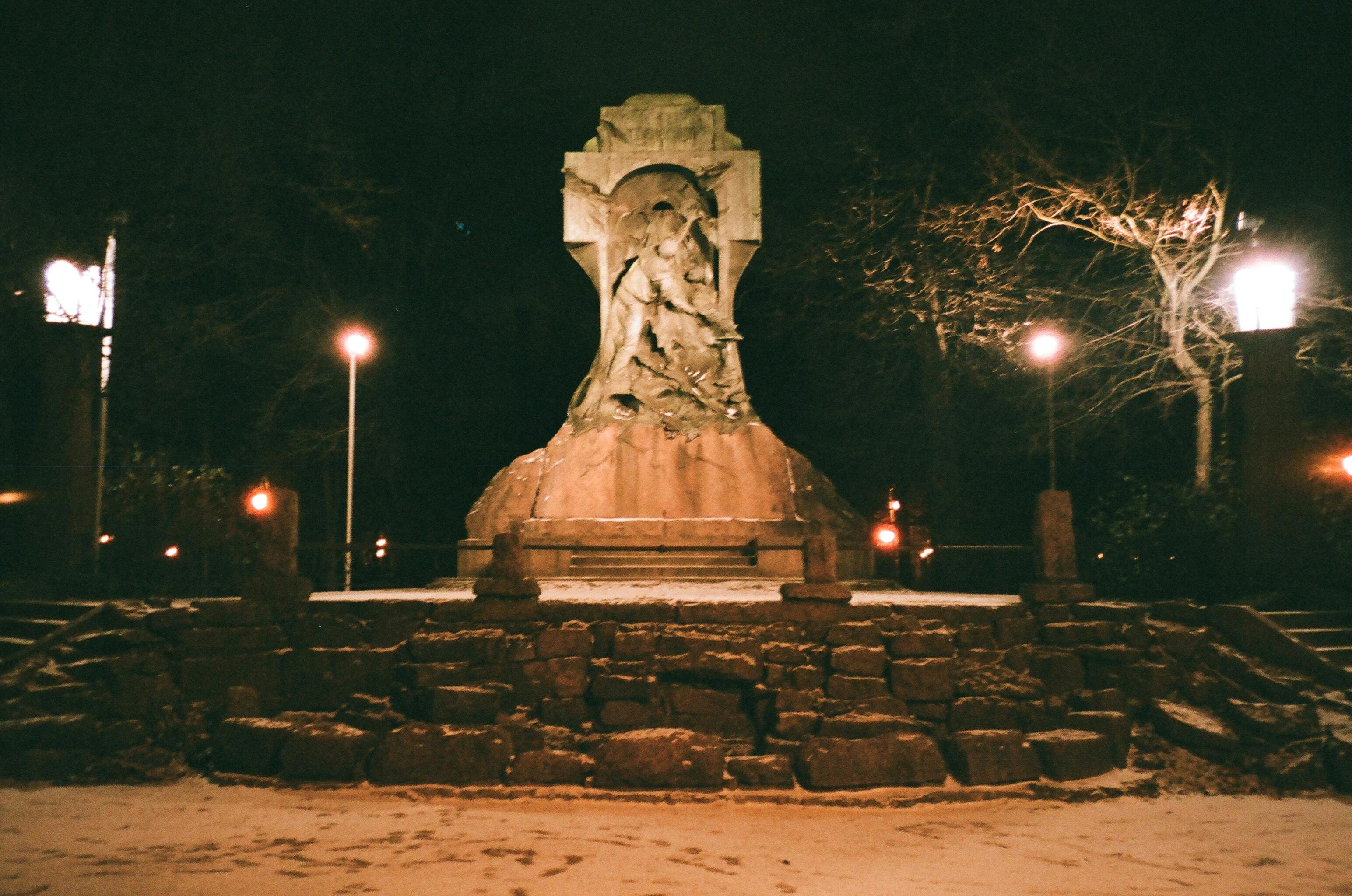
Forced labor and tribute of Filipinos during the Spanish period
During the Spanish regime, all male Filipinos between the ages of 18 and 60 had to hand over their free labor, called polo, to the government. This work was 40 days a year, reduced to 15 days in 1884. It was carried out in various forms, such as the construction of roads and bridges, the construction of public buildings and churches, the felling of wood in the forest, the work in shipyards and Spanish military service. expeditions. The one who did forced labor was called a polo player.
Members of the principalia (town aristocracy) were exempt from polo. Rich Filipinos paid the falla annually, a sum of seven pesos, to be exempt from forced labor. Local officials (former and incumbent governors, barangay heads, etc.) and school teachers were also exempt by law from polio for their services to the state.
Evidently, only poor Filipinos who had no social or political position in the community were forced into forced labor. This practice contributed greatly to the widespread Philippine aversion to physical work, which has only recently been overtaken by attractive salaries abroad.
The conditions for forced labor were (1) that it should be used only for necessary public works and constructions intended to improve the community; (2) that workers would be paid in full for their work; (3) that the mayors should consider the physical condition of each worker, that is, the weak should not work excessively; (4) that workers should not be sent to work in remote lands; (5) that the provision of the service is scheduled in such a way that it does not interfere with the sowing or harvesting seasons.
However, this was all good only on paper; forced labor laws were often violated. Workers were rarely paid their wages. They were separated from their families by forcing them to work in remote areas. They were not given food, as required by law; instead, they had to provide their own food. Furthermore, they were disgracefully overworked and as a result thousands of Filipino workers died on the job sites.
The Philippine tribute to colonial rule
In order to obtain enough money to pay for the administration of the country and the construction of churches, government buildings, roads and bridges, and improvements in transportation and communication, the Filipinos were forced to pay tribute to the colonial government. The tribute was imposed as a sign of the loyalty of the Filipinos to the King of Spain. Those who paid tribute were people over sixteen and under sixty. At the beginning a tribute of eight reales was collected. The tribute increased in 1598 and a small part, called the sanctorum, went to the church. Due to the general opposition to the tribute and the abuses in its collection, the king abolished it in 1884. In its place, the personal identity card was introduced, the equivalent of which is the present residence certificate.
Besides the tribute, the Filipinos also paid other taxes. There were the property tithes, the Zamboanga donation and the vintage. The property tithe was a tax that consisted of one-tenth of the produce of the land. The Zamboanga gift, introduced in 1635, was specifically taxed for the conquest of Jolo. The vinta was a tax paid by the inhabitants of the provinces along the western Luzon coast to defend the area against the Muslim pirates common at the time, as can still be seen in the surviving stone towers (where the bells to warn the locality when the Muslims arrived the pirates).